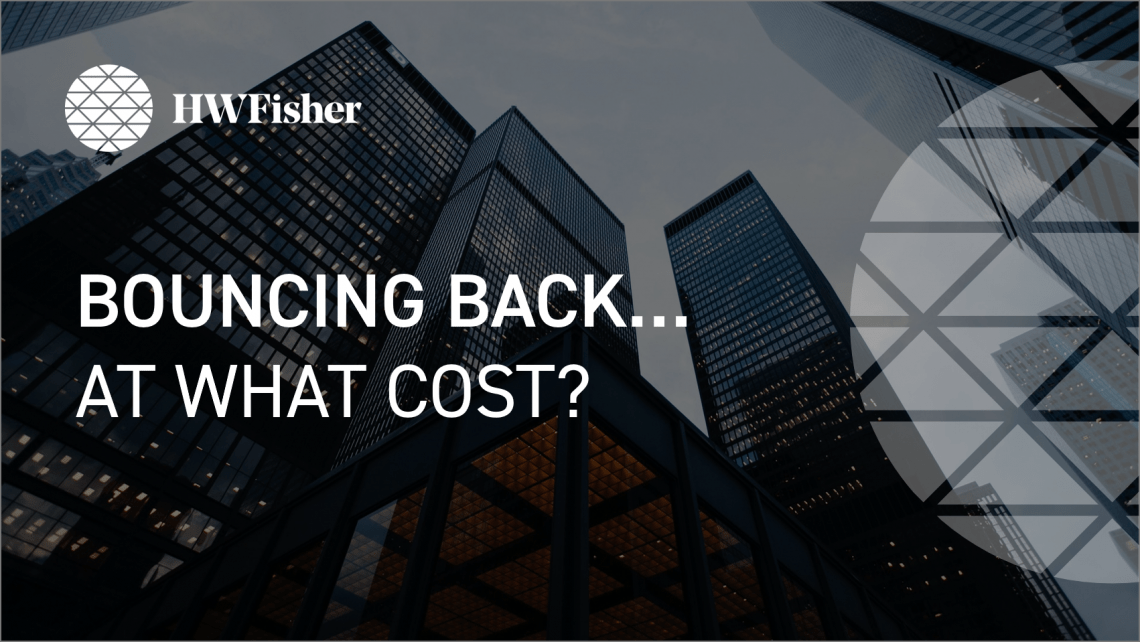
Over 1.4 million businesses took out a Bounce Back Loan last year. The scheme, which closed to applications on 31 March 2021, was heralded as a lifeline to many businesses, giving them much needed confidence and optimism as they struggled against the backdrop of Covid restrictions.
Throughout the pandemic, the trading environment has been persistently interrupted, with many finding it impossible to predict how quickly sectors would be able to reopen, and at what cost. The easing of lockdown for many businesses will likely see a quick arrival of buoyancy and growth. For others, however, the return to ‘business as usual’ will be slow, and some will find bouncing back more difficult.
Yet despite this, some lenders have started asking for repayment of the loans with others expected to follow suit soon enough. Therefore businesses, no matter what stage they are at, must be fully prepared, and aware of the options available to do this.
It is important to remember that for the first 12 months the interest was funded by the Government. An interest rate of 2.5 per cent will be charged thereafter. However, the government has also increased the possible repayment period from six years to ten.
It is also worth bearing in mind that repayment decisions will largely depend upon the type of business. For example, some small businesses took out the loan as a precaution. As such, these business owners may be in a position to start paying back immediately.
A detailed cash flow forecast is a valuable part of any business, and will be essential in determining which repayment option best suits. By anticipating expected cash flow, taking into account seasonality and any future investments, forecasts will provide guidance on the most suitable funding option for the business . However, while it is important for businesses to complete a forecast, in the current climate accuracy can be near-impossible. Flexibility in the coming months and years will be crucial. Businesses which are agile and quick to react to unpredictable markets tend to perform better than those operating in rigid structures. While it is easy to follow a template when preparing a forecast, it is a good idea to keep fixed costs to a minimum.
Bounce Back Loan repayment options available are:
Borrowers will continue to face the challenging task of balancing repaying debt, with the cost of kick-starting their business in a new, post-pandemic era. Furthermore, many lenders have not yet disclosed, or fully informed borrowers of the new range of options available to them; which include deferrals and longer borrowing terms.
It is therefore crucial borrowers have a conversation with their lenders to fully understand these options, and make the right decision. After all, paying back shouldn’t necessarily stop you from bouncing back.
For more information or a discussion about individual circumstances, please get in touch.
We’d love to hear from you. To book an appointment or to find out more about our services: